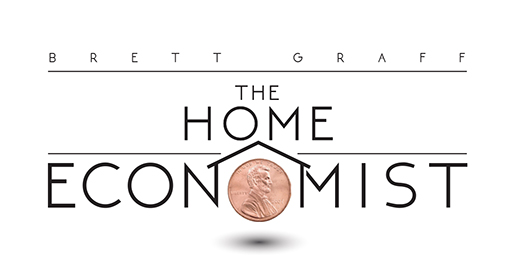Want to do something for the future of your children and the national debt all at the same time? Get ’em to the playground three times a week. New research shows that if we, as parents, teacher, guardians, whatever, would help increase the percentage of kids who get 25 minutes of physical activity each week from the current levels of 32 percent to the goal of 50 percent (which is not the highest of goals, we might all agree) then we as a country will save in medical costs and our kids will put more money in their own pockets by missing less work and therefore increasing their incomes, according to research from Johns Hopkins Bloomberg School of Public Health research suggests.. The total? We’d avoid $21.9 billion in medical costs and lost wages over the course of their lifetimes.
The stats: a small increase in the frequency of exercise among children ages eight through 11 would translate into 340,000 fewer obese and overweight youth. Sounds big but it’s a reduction of more four percent.
What’s more, if all current eight- through 11-year-olds in the United States exercised 25 minutes a day, three times a week, the researchers suggest that $62.3 billion in medical costs and lost wages over the course of their lifetimes could be avoided and in 1.2 million fewer youths would be overweight or obese.
These numbers represent cost savings for one cohort of eight-to-11 year olds, so every year that children in this age group reach those levels of physical activity, over $60 billion more will be saved.
“Physical activity not only makes kids feel better and helps them develop healthy habits, it’s also good for the nation’s bottom line,” says study leader Bruce Y. Lee, MD, MBA, executive director of the Global Obesity Prevention Center at the Bloomberg School. “Our findings show that encouraging exercise and investing in physical activity such as school recess and youth sports leagues when kids are young pays big dividends as they grow up.”
Fat doesn’t go away, intact studies say that high body mass index 18 years old is associated with a high BMI throughout adulthood. It increases the subsequent risk of developing diseases such as diabetes and heart disease associated with being overweight or obese, which can lead to high medical costs and productivity losses due to illness. In recent decades, there has been a growing epidemic of obesity in the United States.
“Even modest increases in physical activity could yield billions of dollars in savings,” Lee says. The costs averted are likely an underestimate, he says, as there are other benefits of physical activity that don’t impact weight, such as improving bone density, improving mood and building muscle.








Leave A Comment